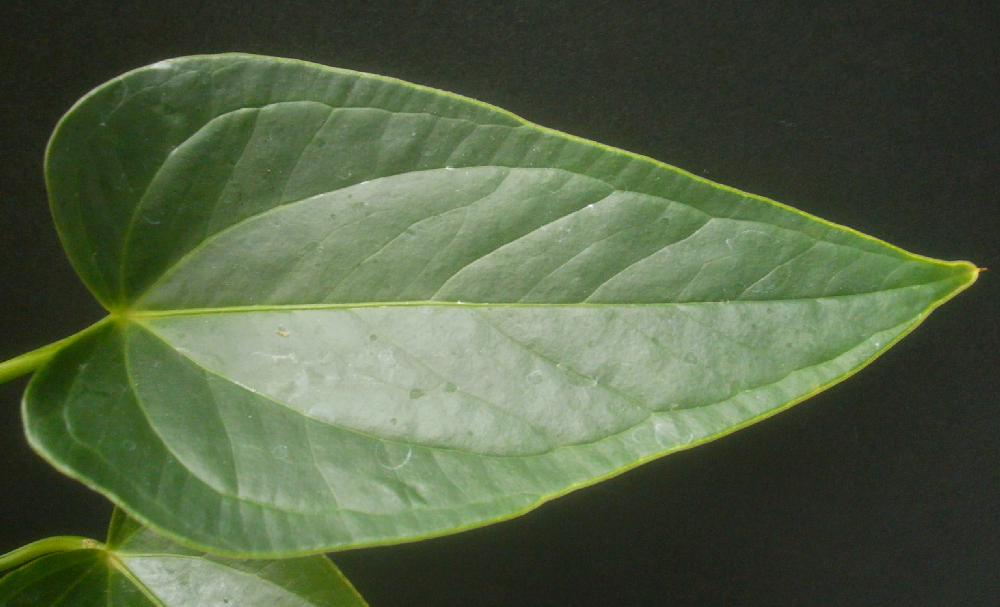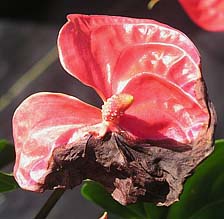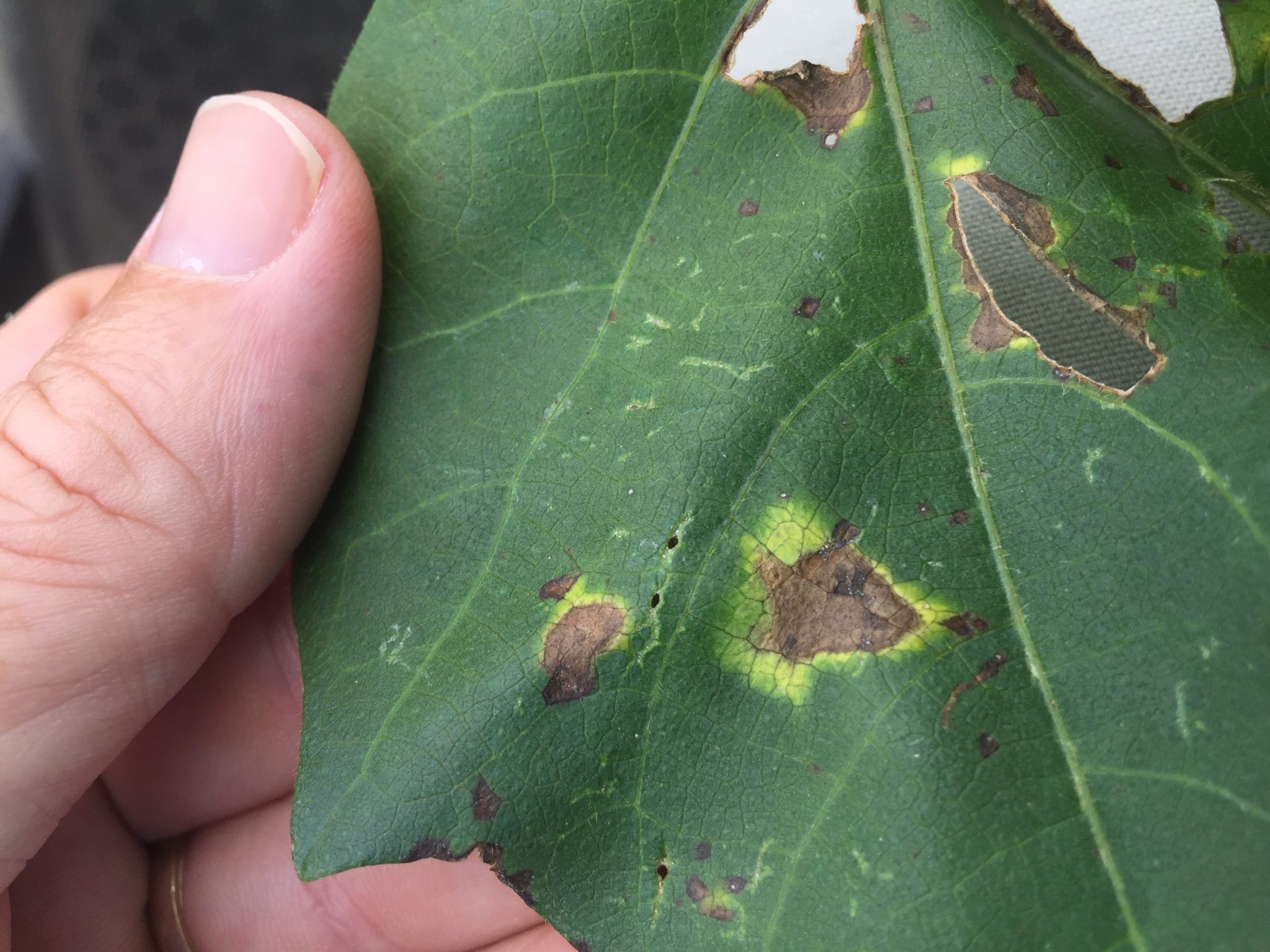
.png)
Knapp JE, Chandlee JM (1996) RNA/DNA mini-prep from a single sample of orchid tissue. Isabel M, Jordi C, Emilio M (2011) Antimicrobial peptide genes in Bacillus strains from plant environments. Gomez KA, Gomez AA (1984) Statistical procedure for agricultural research. for the management of chrysanthemum white rust under protected cultivation. Int J Agric Innov Res 4(4):760–766ĭheepa R, Vinodkumar S, Renukadevi P, Nakkeeran S (2016) Phenotypic and molecular characterization of chrysanthemum white rust pathogen Puccinia horiana (Henn) and the effect of liquid based formulation of Bacillus spp. J Biopest 7:38–41ĭhanya S, Sreekumar J, Jisha MS (2016) Evaluation of antagonistic potential and induction of flowering in Anthurium andreanum L. J Appl Biol Chem 59(2):149–154ĭas R, Mondal B, Mondal P, Khatua DC, Mukherjee N (2014) Biological management of citrus canker on acid lime through Bacillus subtilis (S-12) in West Bengal, India.

oryzae, the pathogen of rice bacterial blight disease.

Appl Environ Microbiol 60(6):2164–2167Ĭheng J, Jaiswal KS, Yang SH, Suh JW (2016) Endophytic Bacillus subtilis MJMP2 from Kimchi inhibits Xanthomonas oryzae pv. Electrophoresis 8:93–99Ĭano RJ, Borucki MK, Highby-Schweitzer M, Poinar HN, Poinar GO, Pollard KJ (1994) Bacillus DNA in fossil bees: an ancient symbiosis. Am J Clin Pathol 45:493–496īlum H, Beier H, Gross HJ (1987) Improved silver staining of plant proteins, RNA and DNA in polyacrylamide gels. Trends in Biosciences 7(8):636–640īauer AW, Kirby WM, Sherris JC, Turck M (1966) Antibiotic susceptibility testing by a standardized Single disk method. dieffenbachiae (McCulloch & Pirone) causing bacterial blight of anthurium (Schott.). New Dis Rep 7:5īalan S, Sajeesh PK, Abraham K (2014) Morphological and biochemical characterization of Xanthomonas axonopodis pv. Can J Microbiol 55:1021–1032Īysan Y, Sahin F (2003) First report of bacterial blight of anthurium caused by Xanthomonas axonopodis pv. subtilis BIO3 significantly suppressed the bacterial leaf blight of anthurium up to 78% over untreated control and also increased the stem length and flower yield.Īthukorala SNP, Fernando WGD, Rashid KY (2009) Identification of antifungal antibiotics of Bacillus species isolated from different microhabitats using polymerase chain reaction and MALDI-TOF mass spectrometry. Foliar application with 1% liquid formulations (10 8 CFU/ml) of B. Mascot Peptide Mass Fingerprint-based identification indicated that one was glutathione peroxidase, involved in defence mechanism, other six proteins were identified as leghemoglobin II, CTP synthase-like, predicted protein ( Physcomitrella patens), centromere-associated protein E, grain size protein, and five proteins were hypothetical proteins. subtilis BIO3 and challenged with Xad resulted in the expression of 12 unique proteins compared to untreated control. Tritrophic interaction of anthurium leaves bacterized with B. subtilis BIO3 effectively inhibited the growth of Xad up to 1450.7 mm 2, and extracted volatile organic metabolites from the isolate BIO3 inhibited the growth of Xad up to 1024 mm 2. Twenty-eight bacterial isolates from rhizospheric regions were identified as different Bacillus spp. We attempted to study the antibacterial activity of rhizospheric Bacillus spp., to curb the bacterial blight of anthurium caused by Xanthomonas axonopodis pv.


 0 kommentar(er)
0 kommentar(er)
